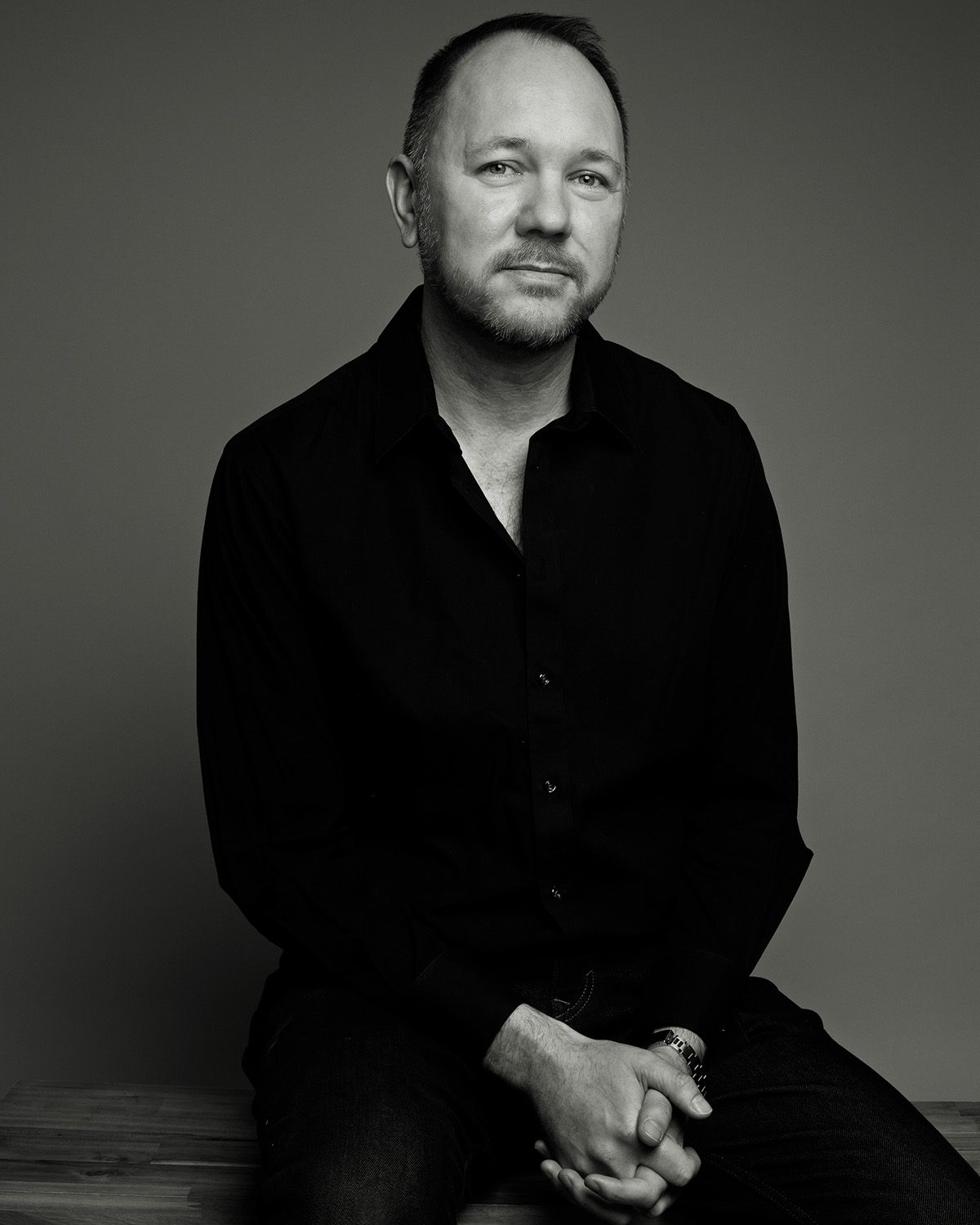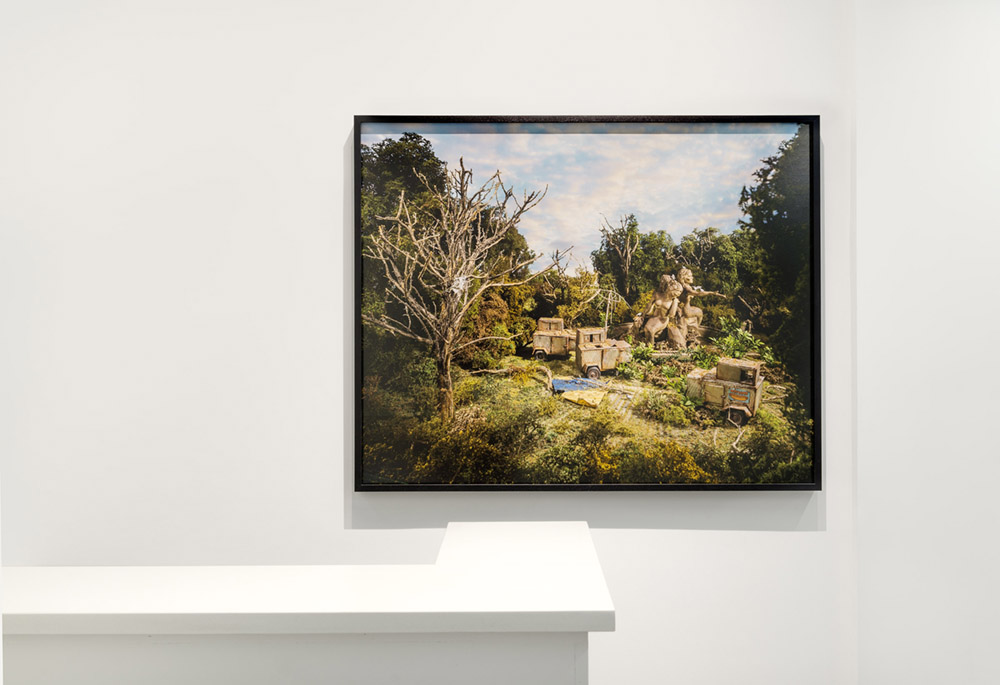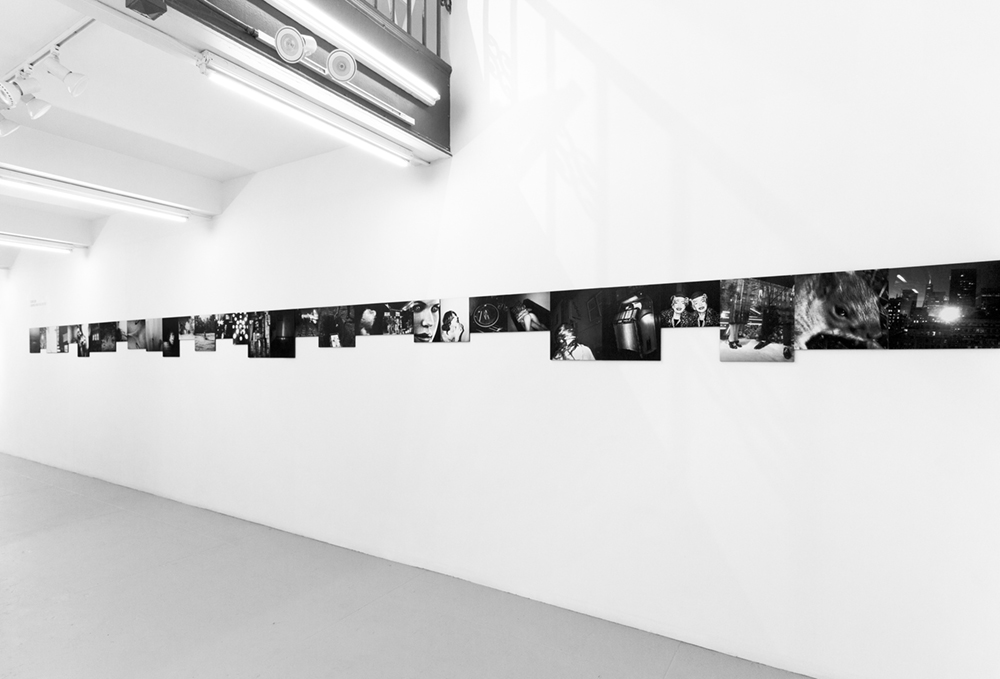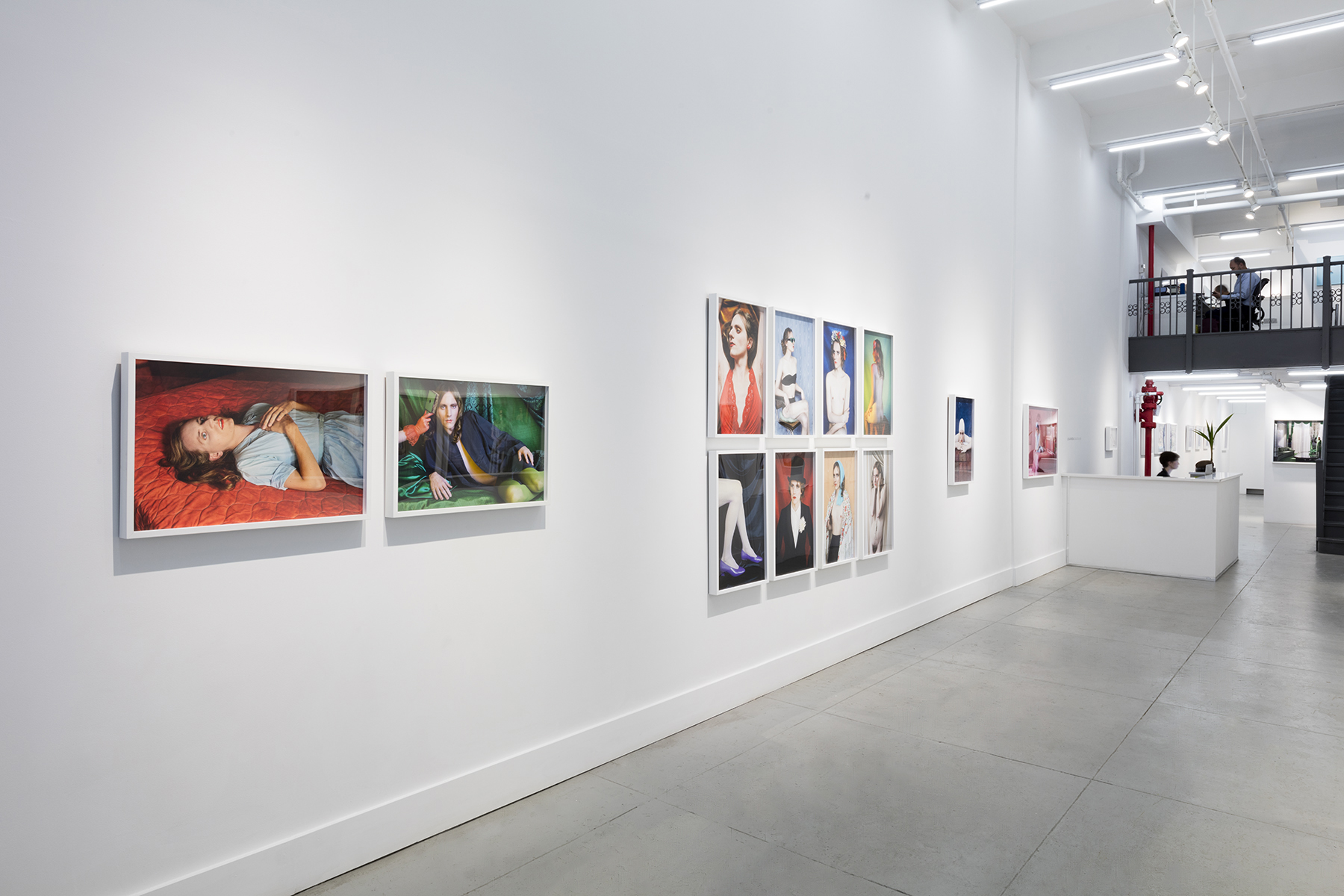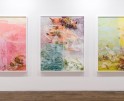Focus on Gallerists: Brian Clamp of ClampArt
Heading to the ever-competitive, ever-vibrant New York City arts community, we land today with Brian Clamp of ClampArt. Following a stint working at a gallery focused on late 19th and early 20th century American paintings, Clamp changed course and started his own space, choosing to collaborate primarily with contemporary, living artists. In particular, ClampArt specializes in photography, driven largely by a penchant for amplifying narratives outside of the norm.
Established in 2000, ClampArt is located in the Flower District in the Chelsea neighborhood of Manhattan. ClampArt represents a wide range of emerging and mid-career artists of all media with a specialization in photography. In addition, the gallery carries a large selection of modern and contemporary paintings, prints, and photographs from the early 20th century to the present. Owner, Brian Paul Clamp, has nearly thirty years of experience in the field. He holds a Master of Arts degree in Critical Studies in Modern Art from Columbia University, and is the author of over forty articles and publications on American art to date.
Erica Cheung: What is the story of how ClampArt came to be? Is there a particular mission that you intended to bring into fruition?
Brian Clamp: When I moved to NYC in the early 1990s from Colorado, I had earned a BS in Advertising and a BA in Art History, and intended to find an entry-level advertising position. Having spent all of my money on the first month’s rent for my apartment in the East Village, I needed to find a job quickly, and I decided to sign up with a temporary agency. My first assignment was with a gallery on the Upper East Side specializing in late 19th-century and early 20th-century American paintings, and my job for the day entailed nothing more than labeling and stamping envelopes for a promotional mailing. But, when the owner of the gallery eventually came into the room where I was working and struck up a conversation, he was surprised and pleased that I could actually identify some of the artists on the walls. My first assignment led to another, which then led to a third, and after a few months I was finally offered a full-time position with my advertising ambitions behind me. After nearly a decade there learning so much about art and business, I decided to go to graduate school for art history to concentrate on photography and contemporary art. Once my degree was complete, it was time to decide whether to resume my full-time duties at the gallery on the Upper East Side, or to go it on my own. After a summer of research and reflection, I made the plunge and opened my own business as a private dealer, specializing in contemporary photography. At that time, there was no particular mission beyond following my own tastes and interests and building a small, dynamic roster of artists. But after just a few years, by the time I opened my first public space, an interest in portraiture and figurative imagery, along with a commitment to issues of marginalization and the preservation of histories beyond the mainstream, helped develop the direction of the gallery.

©Meryl Meisler, “Handshake,” Bushwick, Brooklyn, NY, September 1984, Archival pigment print, Courtesy of ClampArt, New York City.
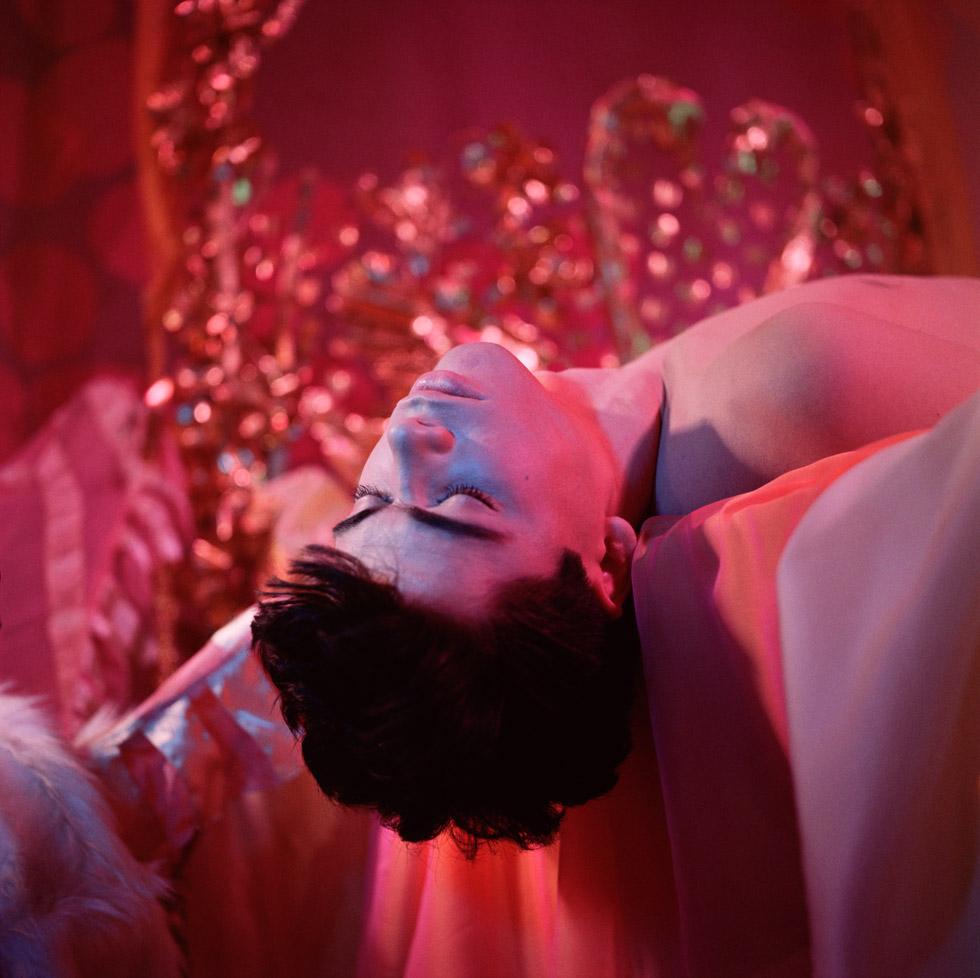
©James Bidgood, “Hanging Off Bed (Bobby Kendall),” mid- to late 1960s, Digital C-print, Courtesy of ClampArt, New York City.
EC: Who do you have in mind when programming exhibitions for your space? Who is your audience?
BC: The audience for exhibitions at our physical space in Manhattan is perhaps more focused than when I select work for virtual shows, art fairs, or various online platforms. But the audience for gallery exhibitions is no longer just visitors to our physical space. We are also programming exhibitions to reach larger virtual audiences which follow our shows from afar. These may be individuals we have met in person over the years at various physical events, but many of the others are collectors, curators, artists, and enthusiasts we may never meet face-to-face.
EC: Commercial galleries are, at the end of the day, businesses. While there are multiple possible metrics of ‘success’ for an art gallery—i.e. relationships fostered between artists and the general public, number of attendees at events, diversity in works shown, etc.—there is always a bottom line to sustain. How do you balance between financial viability (aka showing work that is sure to sell) and passion for particular kinds of work that might not be as tried and true in the market?
BC: A lot of this balance has to do with taking risks. Often work which may seem most risky proves to be surprisingly commercially viable as well. If I have learned anything over the past twenty years, it is not to over-think whether or not something is commercially viable, and to show art about which I am personally passionate. By trusting my own instinct, I often find the most success—both critically and financially.
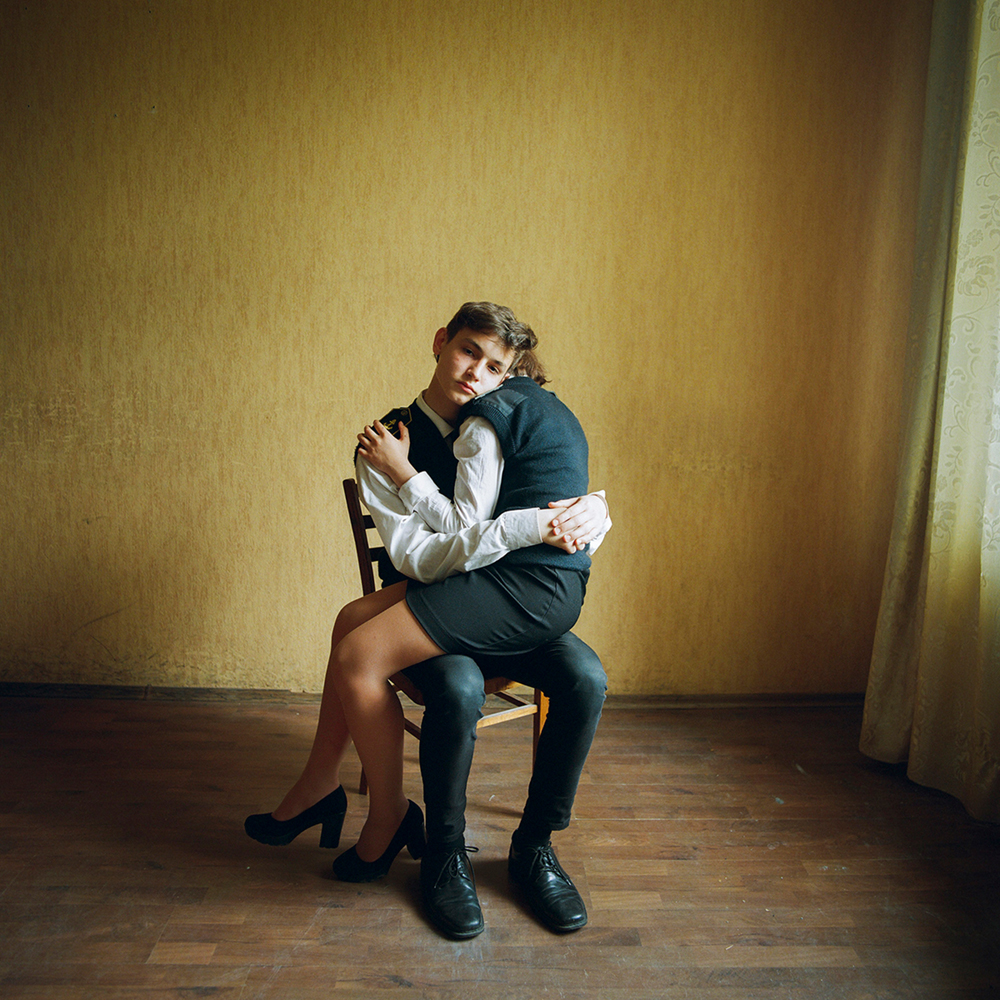
©Michal Chelbin, “Svet and Liza,” Ukraine, 2017, Archival pigment print, Courtesy of the artist and ClampArt, New York City.
EC: What are your expectations of the artists that you represent?
Beyond a commitment to themselves and the development of their own work, I expect the artists I represent to be engaged in the gallery’s program and supportive of the other artists on the roster. Whether they live in NYC, elsewhere in the US, or abroad, there are ways which they can always constructively contribute.
EC: Conversely, what do you think are the expectations that artists should have of galleries representing their work?
BC: Artists should expect support, encouragement, and honesty (even when it might be hard to hear). They should feel comfortable reaching out to the gallery for advice, direction, information, and resources. And the merging of the gallery’s network with the artist’s own is one of the most powerful benefits of the relationship.
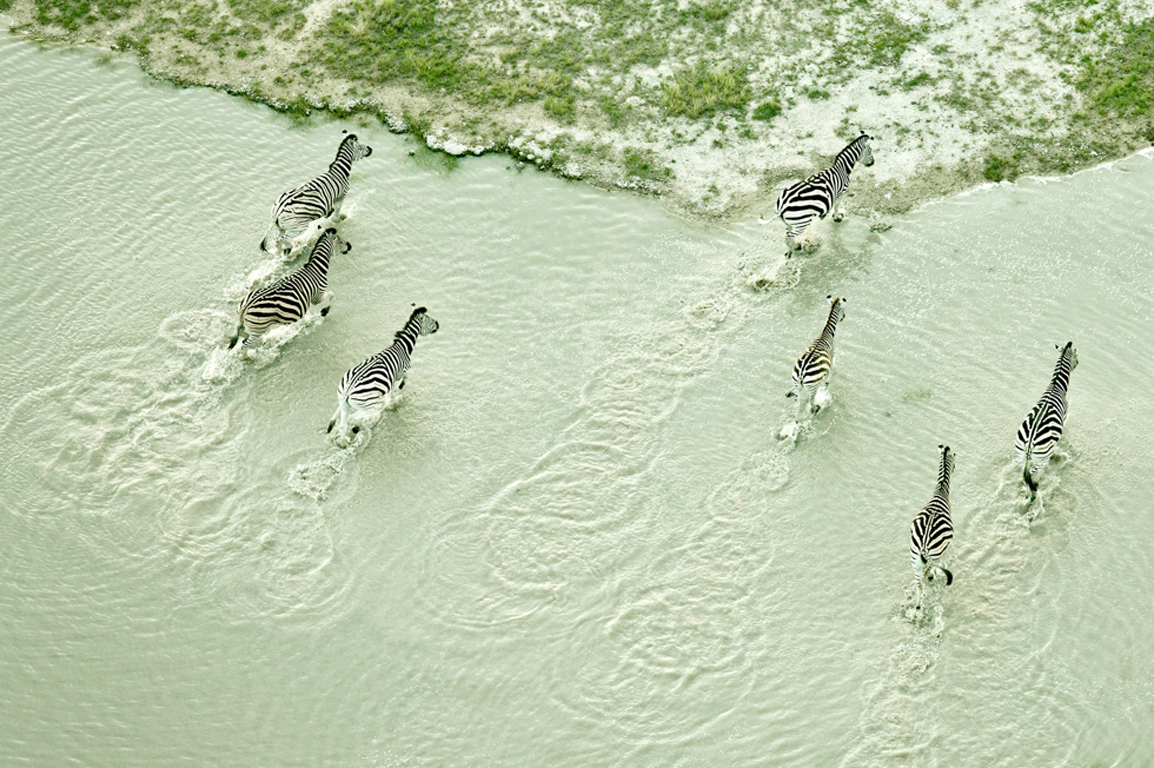
©Zack Seckler, “Kalahari Crossing,” 2009, Archival pigment print, Courtesy of ClampArt, New York City.

©Olaf Otto Becker, “Ilulissat 52, 07/2015,” 2015, Archival pigment print, Courtesy of ClampArt, New York City.
EC: Scaling out more broadly, how do you think ClampArt fits into our art ecosystem-at-large (alongside institutions like museums, non-profits, universities, auction houses, etc.)? What niche do you think commercial galleries fill that make them unique from other arts organizations?
BC: Art galleries generally can be more nimble than other types of arts organizations, and it is enjoyable to be able to develop and deliver programming quickly. Art galleries work in concert with other institutions, but can often take more chances on younger, less well-known artists, introducing the work to larger museums, non-profits, university galleries, etc.
EC: How has your gallery adapted to the pandemic? What has changed, and have there been any silver linings?
BC: As was the case with other catastrophic events over the past twenty years (from 9/11 to the 2008 financial crisis and Hurricane Sandy in 2012), the pandemic necessitated a tightening of our belts in order to shed unnecessary overhead accumulated in easier times. Over the past fifteen months, I have been able to go through our expenses uncompromisingly in order to trim every last bit of fat. One silver lining is the discovery of how one can streamline operations and do as much with as little as possible. Nonetheless, the biggest realization of the pandemic and the lockdowns has been how important human contact and conversation really is to me personally. It was a surprise to recognize just how much I subsist on the ideas of the creative people with whom I am privileged to know and interact.
EC: What do you think art galleries like ClampArt will look like in the future?
BC: Squeezed on every side by auction houses, online selling platforms, etc., I suspect brick-and-mortar art galleries in NYC will less often be found in storefront commercial spaces in favor of more unusual environments on upper floors or outside of Manhattan altogether. The pandemic saw a shift of the art market to places where clients own second homes including the Hamptons and upstate. With the internet and all is has come to offer, I suspect the art market may eventually find itself less densely concentrated in urban areas and spread more widely across other places people spend their time. And I hope this will not represent a loss of physical spaces in which artists can share their work.
Posts on Lenscratch may not be reproduced without the permission of the Lenscratch staff and the photographer.
Recommended
-
Interview with Kate Greene: Photographing What Is UnseenFebruary 20th, 2024
-
Semana Mexicana: Felipe “Chito” TenorioFebruary 5th, 2024
-
Amy Lovera in Conversation with Douglas BreaultJanuary 23rd, 2024
-
Michelle Bui: Affinités poreusesDecember 27th, 2023

